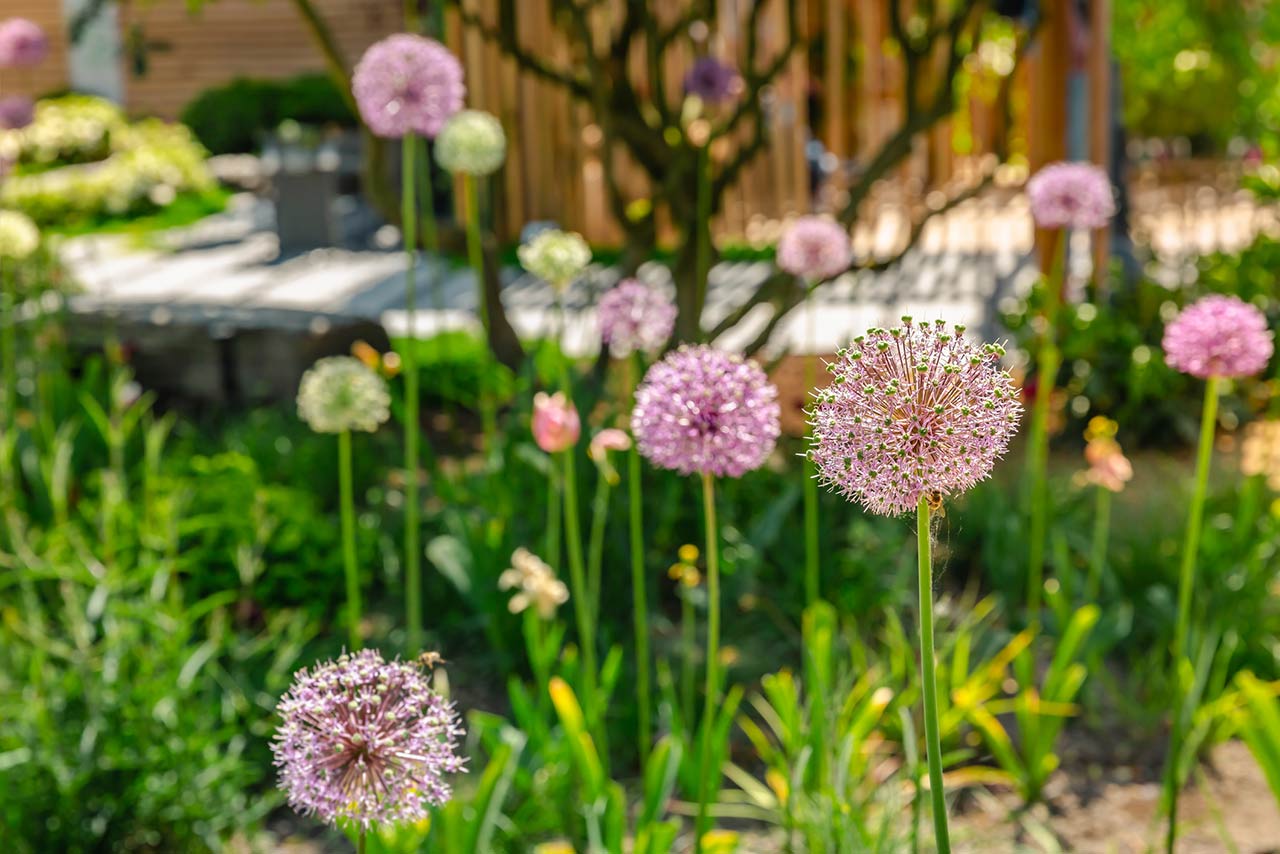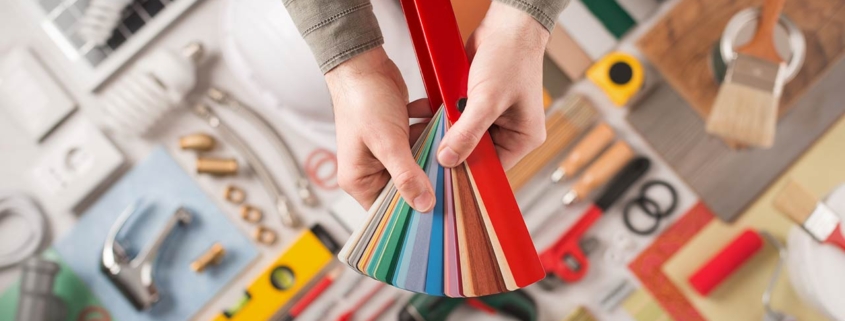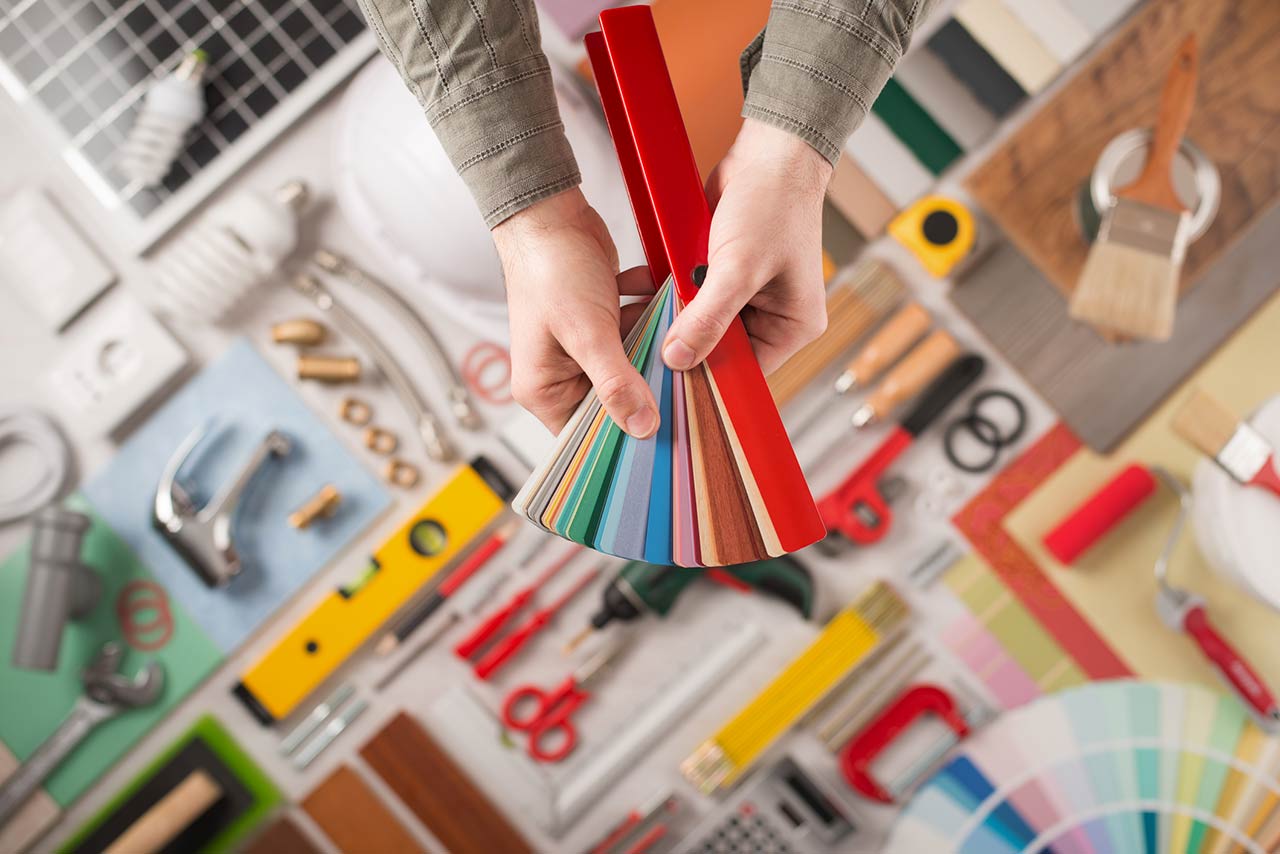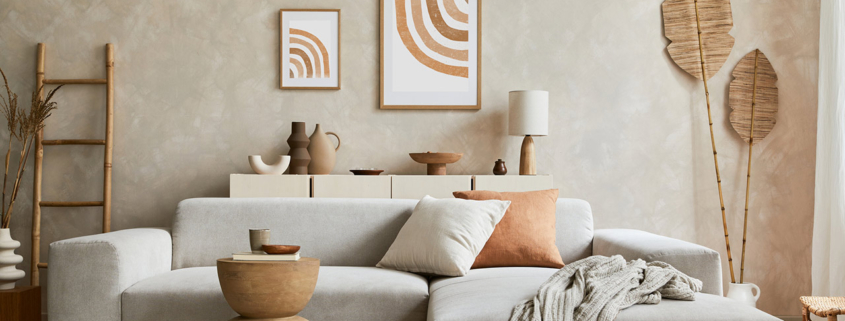Tips for Boosting Your Home’s Curb Appeal

Enhancing your home’s curb appeal is not just about aesthetics; it’s a crucial aspect of creating a welcoming atmosphere and increasing property value. The exterior of your home is the first thing visitors and potential buyers see, making a lasting impression that can significantly impact perceptions. From landscaping and exterior features to entryways and lighting, there are various ways to boost your home’s curb appeal. In this article, we will explore practical tips and strategies to elevate the exterior of your home, making it more inviting and visually appealing.
Importance of Curb Appeal
First Impressions Matter
They say you never get a second chance to make a first impression, and that holds true for your home too. Your house’s exterior is the first thing visitors and potential buyers see, so make it count.
Boosting Property Value
A well-maintained and visually appealing exterior can significantly increase your property’s value. Investing in curb appeal is not just about aesthetics; it’s a smart financial decision too.
Enhancing Landscaping and Exterior Features
Creating a Welcoming Front Yard
A beautifully landscaped front yard creates an inviting atmosphere. From manicured lawns to colorful flower beds, enhancing your landscaping can transform your home’s external charm.
Choosing the Right Plants and Flowers
Selecting plants and flowers that thrive in your climate and complement your home’s aesthetic can elevate its curb appeal. Don’t just plant pretty flowers; choose ones that are low-maintenance and suit your home’s style.
Updating Entryways and Doors
Adding a Fresh Coat of Paint
A fresh coat of paint on your front door can instantly update your home’s look. Choose a bold color to make a statement or opt for a classic hue for a timeless appeal.
Upgrading Hardware and Fixtures
Updating door hardware, house numbers, and lighting fixtures can enhance the overall look of your entryway. Small changes can make a big difference in creating a polished and cohesive exterior.
Freshening Up Exterior Surfaces
Power Washing and Repainting
Give your home a facelift by power washing dirty surfaces and repainting faded areas. A clean and well-maintained exterior not only looks better but also helps protect your home from the elements.
Repairing Siding and Trim
Check for any damaged siding or trim and repair or replace them as needed. A well-maintained exterior not only boosts curb appeal but also prevents potential issues down the line.
Adding Outdoor Lighting
Lighting up your outdoor space not only enhances its beauty but also adds a layer of security to your home.
Highlighting Key Features
Strategic outdoor lighting can emphasize the best features of your home, such as architectural details, trees, or pathways, creating a welcoming ambiance after the sun sets.
Choosing Energy-Efficient Options
Opt for energy-efficient lighting solutions like LED bulbs or solar-powered fixtures to save on electricity costs while being environmentally conscious.
Maintaining Cleanliness and Organization
A neat and well-organized exterior not only looks appealing but also sets a positive impression for visitors and passersby.
Decluttering Outdoor Spaces
Clear out any unnecessary items, trim overgrown bushes, and keep walkways free from obstructions to create a clutter-free and inviting outdoor environment.
Regular Maintenance Practices
Establish a routine for tasks like mowing the lawn, cleaning the gutters, and power washing surfaces to keep your home looking sharp and well-maintained.
Incorporating Seasonal Decor
Switching up your outdoor decor with the seasons adds a festive touch and keeps your home looking fresh and up-to-date.
Festive Touches for Every Season
From wreaths and pumpkins to holiday lights and seasonal flowers, rotating decorations throughout the year can bring a celebratory vibe to your home’s exterior.
Storing Decorations Properly
Invest in proper storage solutions to keep seasonal decorations in good condition for future use, ensuring they stay looking their best year after year.
Investing in Professional Services
Sometimes, bringing in experts can take your home’s curb appeal to the next level, saving you time and achieving a polished finish.
Hiring a Landscape Designer
A professional landscape designer can help you create a cohesive and visually appealing outdoor space tailored to your style and preferences.
Working with Exterior Painters or Contractors
Whether it’s refreshing the exterior paint or making structural improvements, collaborating with skilled painters or contractors can elevate your home’s curb appeal while ensuring quality workmanship.
By implementing these tips for enhancing your home’s curb appeal, you can transform the look and feel of your property, creating a welcoming and attractive exterior that reflects pride of ownership. Whether you choose to invest in professional services or take on improvement projects yourself, the effort put into enhancing curb appeal will not only impress guests but also potentially increase the value of your home. With a little creativity and attention to detail, your home can make a lasting impression that leaves a positive impact on all who pass by.



















